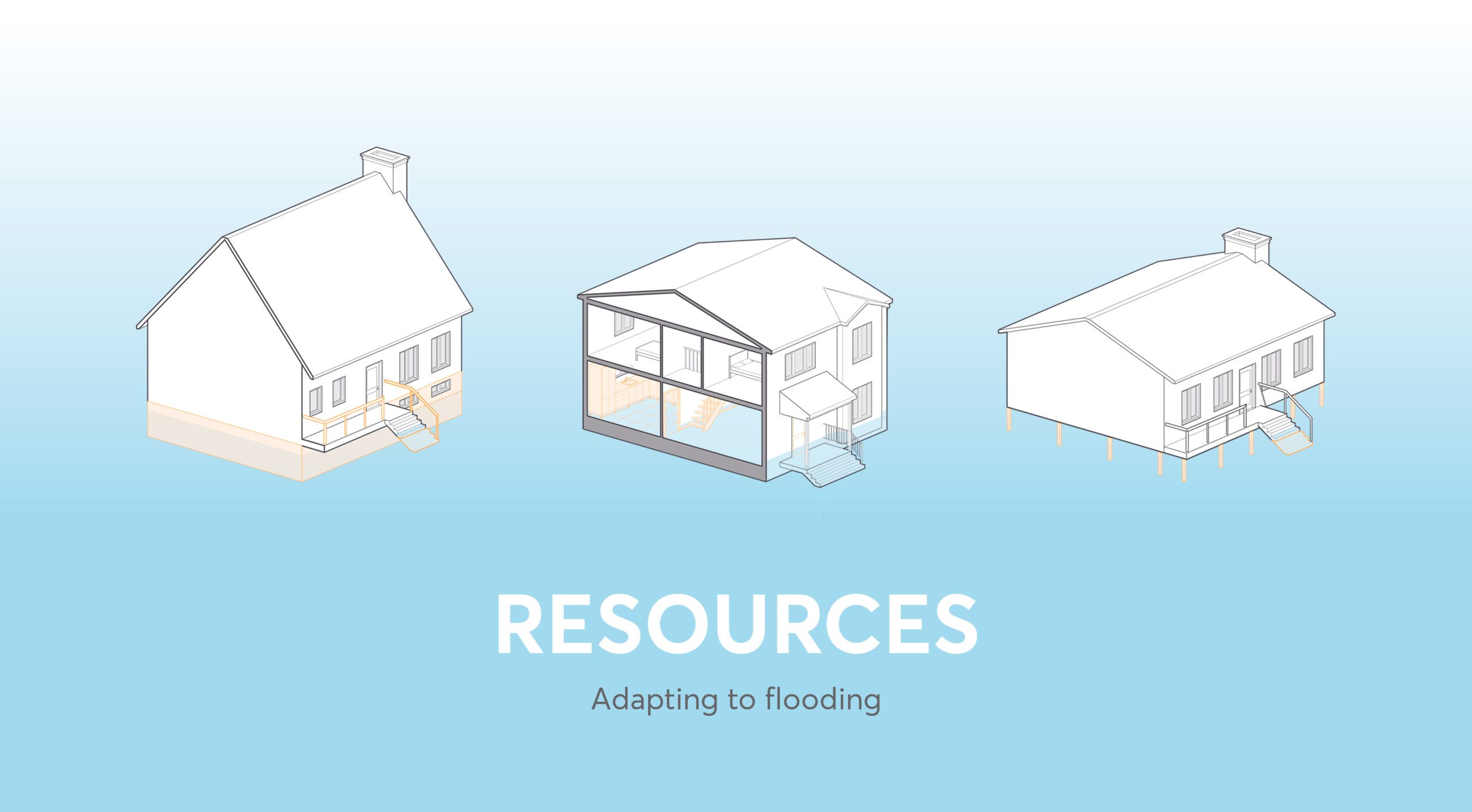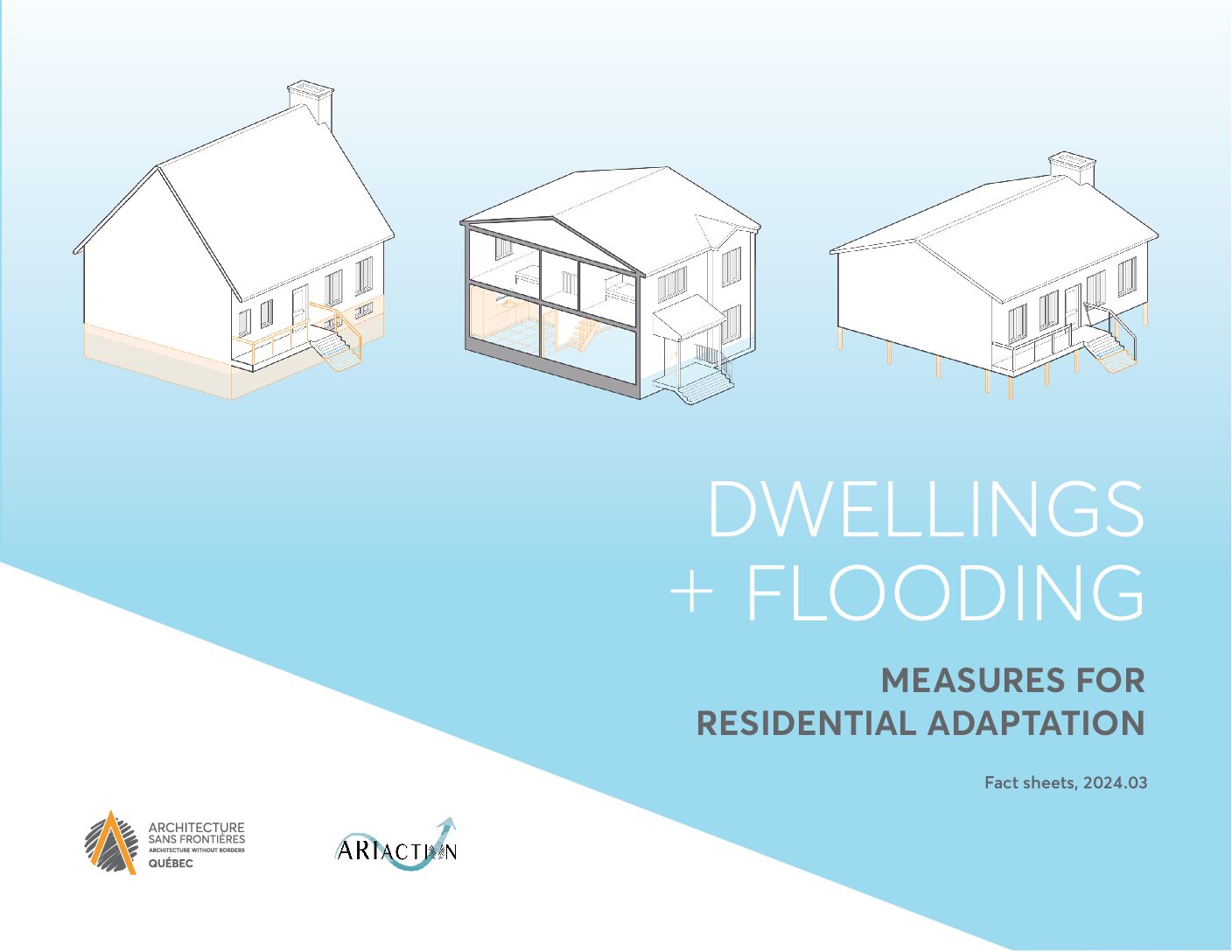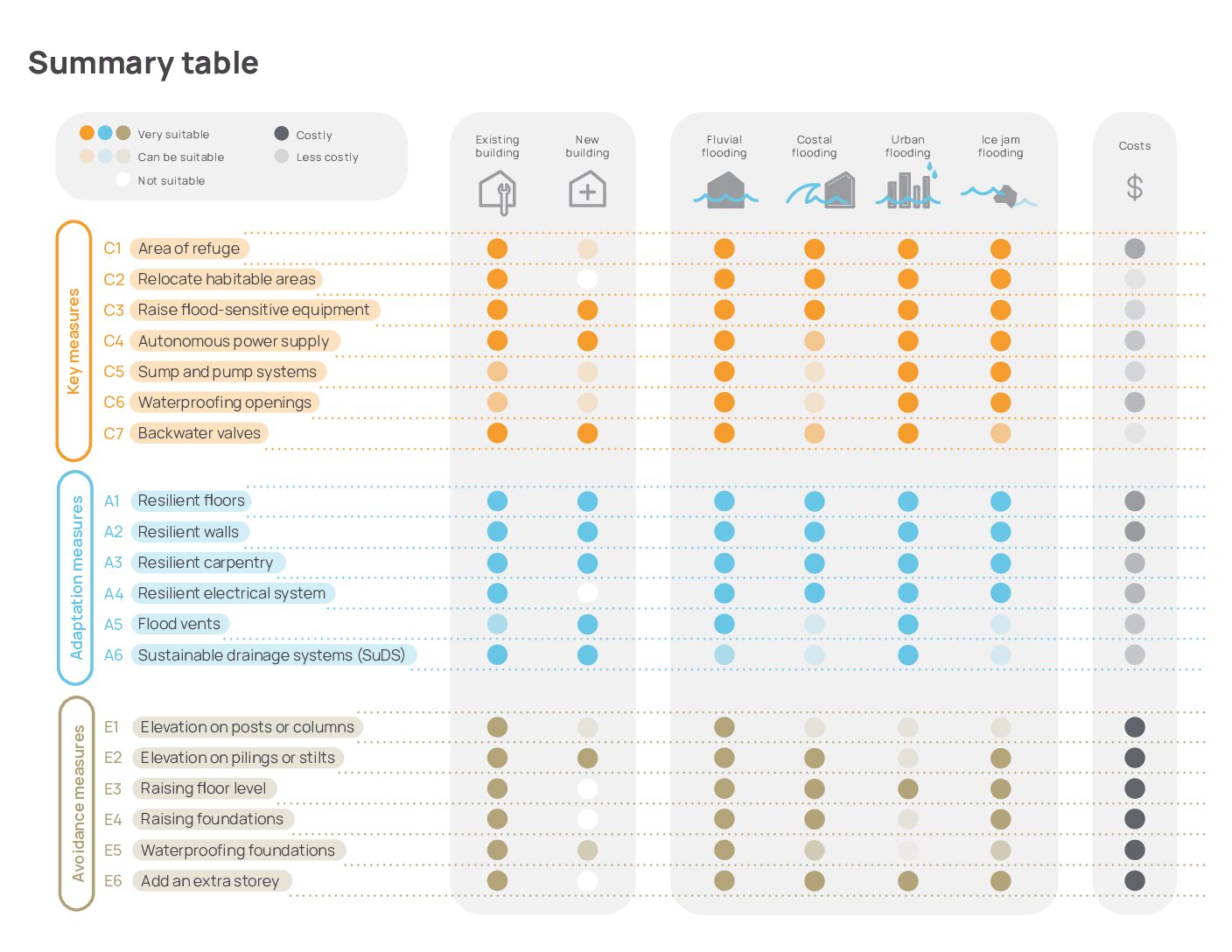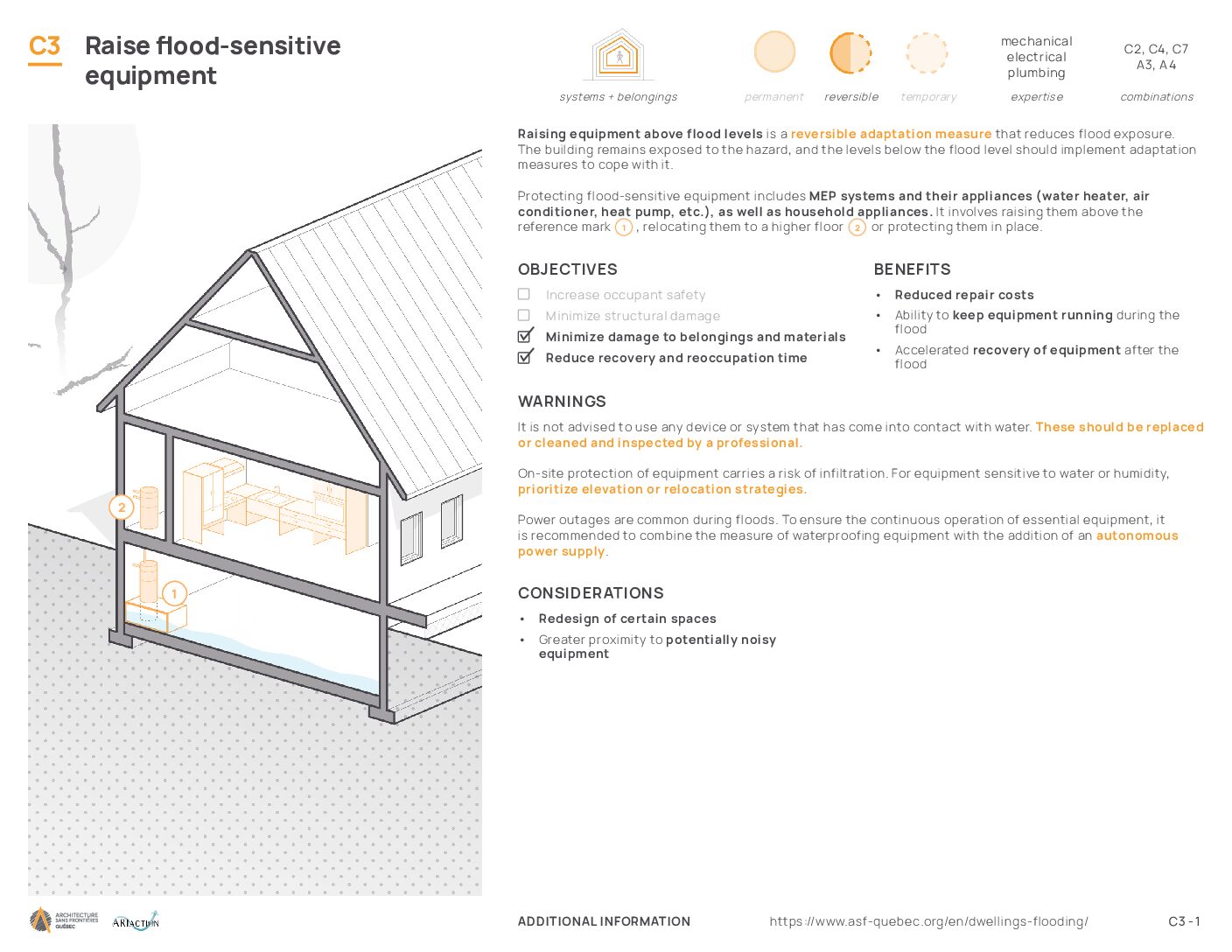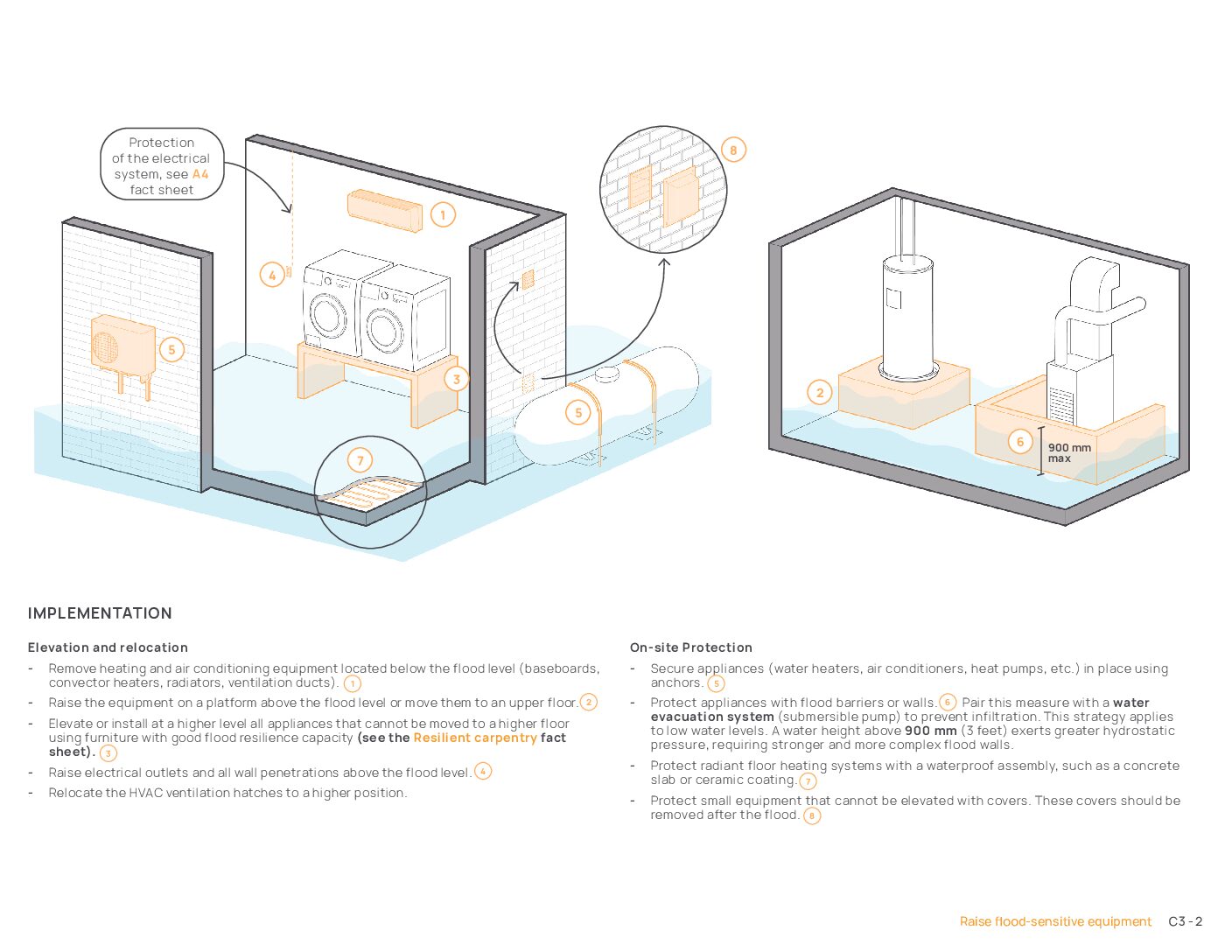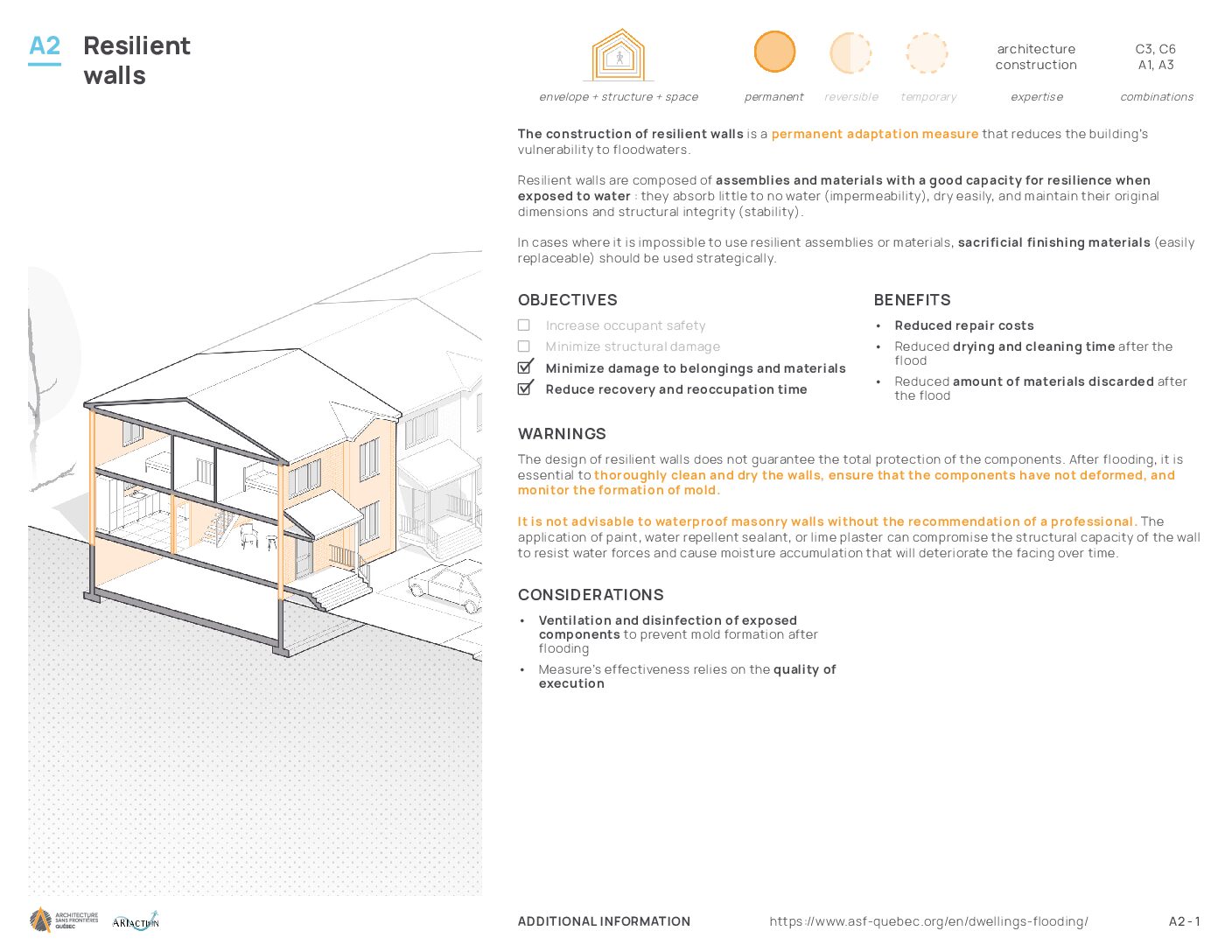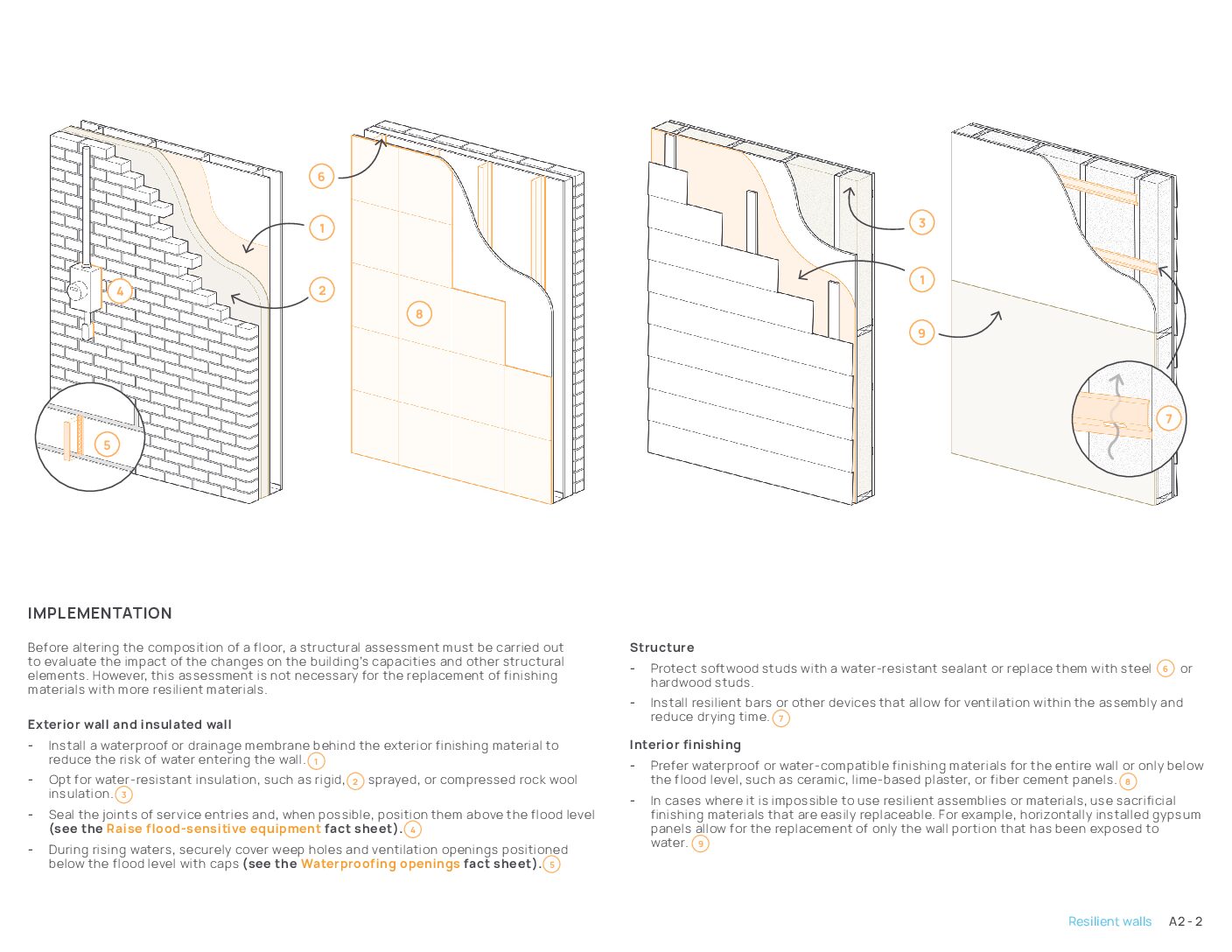DWELLINGS + FLOODING : Measures for Residential Adaptation
–
The Dwellings + Flooding : Measures for Residential Adaptation fact sheets are designed to assist homeowners, building professionals, and other stakeholders in preparing for preventive work or reconstruction following water-related damage. They also serve as a resource for local governments looking to promote complementary strategies or alternatives to existing flood risk reduction initiatives or the relocation of buildings at risk of urban flooding, ice-jam, or open-water flooding.
When and how to consult this guide?
The fact sheets present a variety of measures that can reduce the vulnerabilities faced by both homes and homeowners when properly implemented in the appropriate context. These measures can be adopted either as preventive actions or during recovery.
To determine the most suitable measures for a specific situation, one must :
1- Understand hazard characteristics:
Unofficial flood maps can be reviewed for reference on the Géo-Inondations website at geoinondations.gouv.qc.ca. Additionally, details about the areas affected by the 2017 and 2019 floods are also available at www.cehq.gouv.qc.ca/zones-inond/zone-intervention-speciale.htm. It is also possible to obtain further information from municipalities, regional county municipalities (MRCs), and watershed organizations.
2- Get familiar with the current normative and regulatory frameworks regarding public safety, zoning, and construction.
3- Conduct a property assessment (soil, foundation, structure, etc.) with a qualified professional.

Classification
The fact sheets are divided into three categories to better support the prioritization of measures to implement.
Sheets C : Key measures
Measures intended for short‐term implementation as preventive actions for any residence exposed to water‐related damage, whether located in a flood‐prone area or not. Their objective is to improve personal safety and/or minimize damage to belongings and equipment during hazardous events. Typically, these measures come at relatively low costs.
Sheets A : Adaptation measures
Measures intended for medium‐term implementation, either as preventive actions or during recovery. Their objective is to improve the resilience (or reduce vulnerability) to flood risk of various elements within a property. The effectiveness of these measures relies on execution quality and they are typically associated with moderate costs.
Sheets E : Avoidance Mesures
Measures intended for long‐term implementation, either as preventive actions or during recovery. Their objective is to minimize the exposure of a residence or living spaces to floods to the greatest extent possible. These measures involve structural and/or foundation work and are typically the most expensive.
Additional resources
Residential adaptation
CANADA
ASFQ published in 2021 an informational document titled Cohabiter avec l’eau : État des connaissances en matière d’adaptation des bâtiments aux inondations, which gathers useful references to achieve resilience at the building scale, informing on adaptation strategies, and presenting exemplary cases of buildings adapted to floods.
The Société d’habitation du Québec (SHQ) outlines steps to protect homes and occupants’ health in case of flooding, including measures to limit mold formation.
The National Research Council of Canada has developed a technical guidance document for designing flood-resistant buildings. A complementary technical report has been specifically produced for existing buildings.
The Intact Centre on Climate Adaptation, a research center hosted by the Faculty of Environment at the University of Waterloo, offers several flood protection resources, including strategies to reduce basement flood risks and information on available subsidies and discounts for residents.
The Climate Resilient Home (CRH), based in Alberta, provides guidelines to assist homeowners, builders, municipal staff, and elected officials in making decisions to improve the climate resiliency of homes.
OTHER COUNTRIES
The FEMA (Federal Emergency Management Agency), United States, has designed guides for residential building owners aimed at presenting possible options for adapting and protecting their homes from floods and assisting in decision-making. One guide presents options for building elevation, while another presents adaptation options for buildings that cannot be elevated.
The City of Boston, United States, has produced guidelines to assist homeowners and property developers in making informed decisions regarding flood resilience for existing buildings and new construction.
The Hazard + Hope platform created and managed by The Environmental Design Studio (TEDS), United Kingdom, features video capsules, modeling, and other resources created to inform and inspire adaptation and resilience to climate change.
The James Davidson Architecture firm has developed, for the government of Queensland, Australia, a guide for resilient construction and design for existing and new residential buildings. The firm has also collaborated with Melbourne Water to develop a practical guide for affordable adaptation of common housing typologies in Australia – typologies that also share similarities with Canadian constructions.
Regulatory and normative frameworks
Under construction, come back later for more content!
PARTNERS
Implementation partners
The fact sheets were developed as part of an extensive project titled Flood‐Resilient Architecture: Expertise Development and Knowledge Transfer, which began in January 2021 in partnership with the ARIAction group from the University of Montreal’s School of Urban Planning, and with the support of Concordia University, the Montreal Metropolitan Community (CMM), the Société québécoise des infrastructures (SQI), and the Société d’habitation du Québec (SHQ).

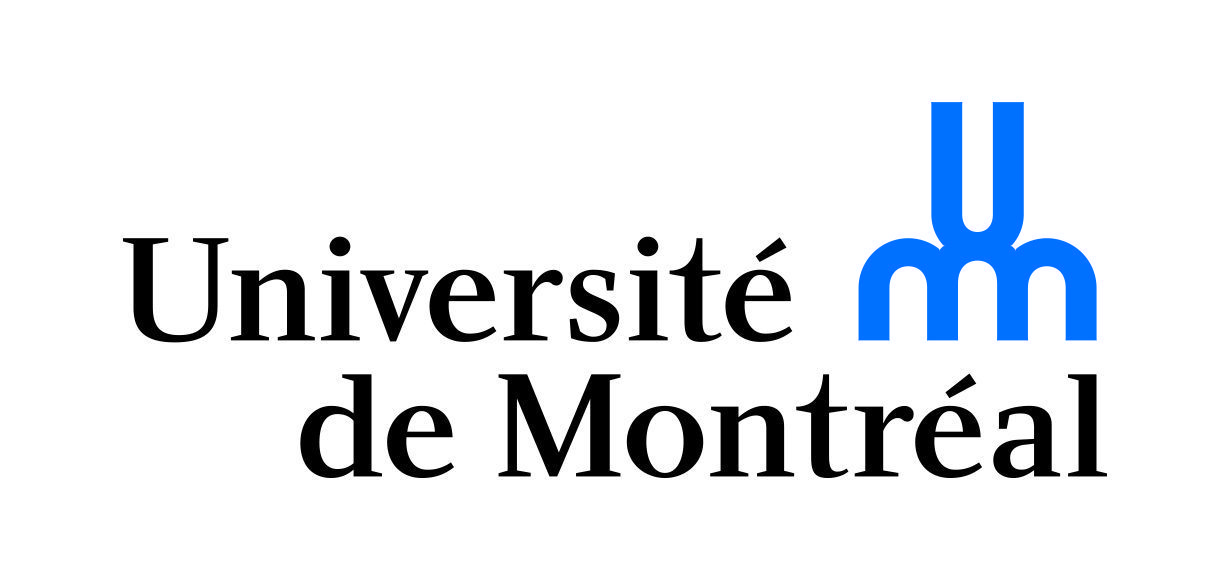



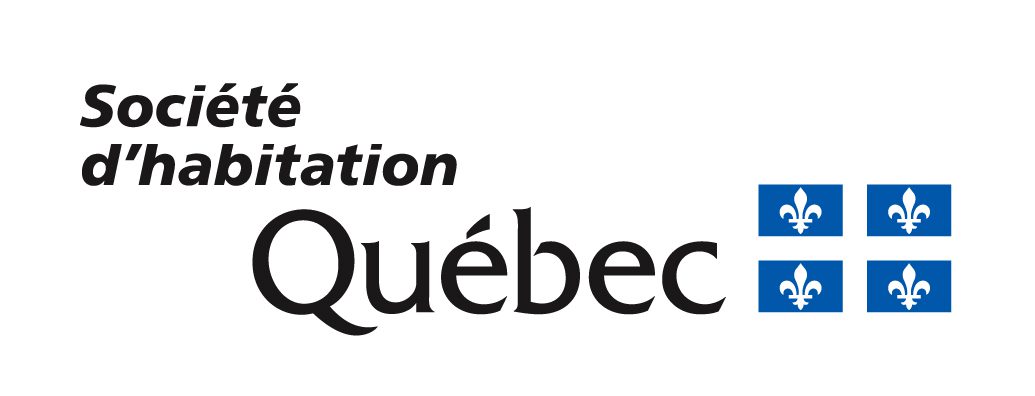
Financial partners
This project was made possible through the Fonds de recherche du Québec (FRQ) contribution via the Réseau Inondations InterSectoriel du Québec (RIISQ) and the Mitacs Acceleration program.





